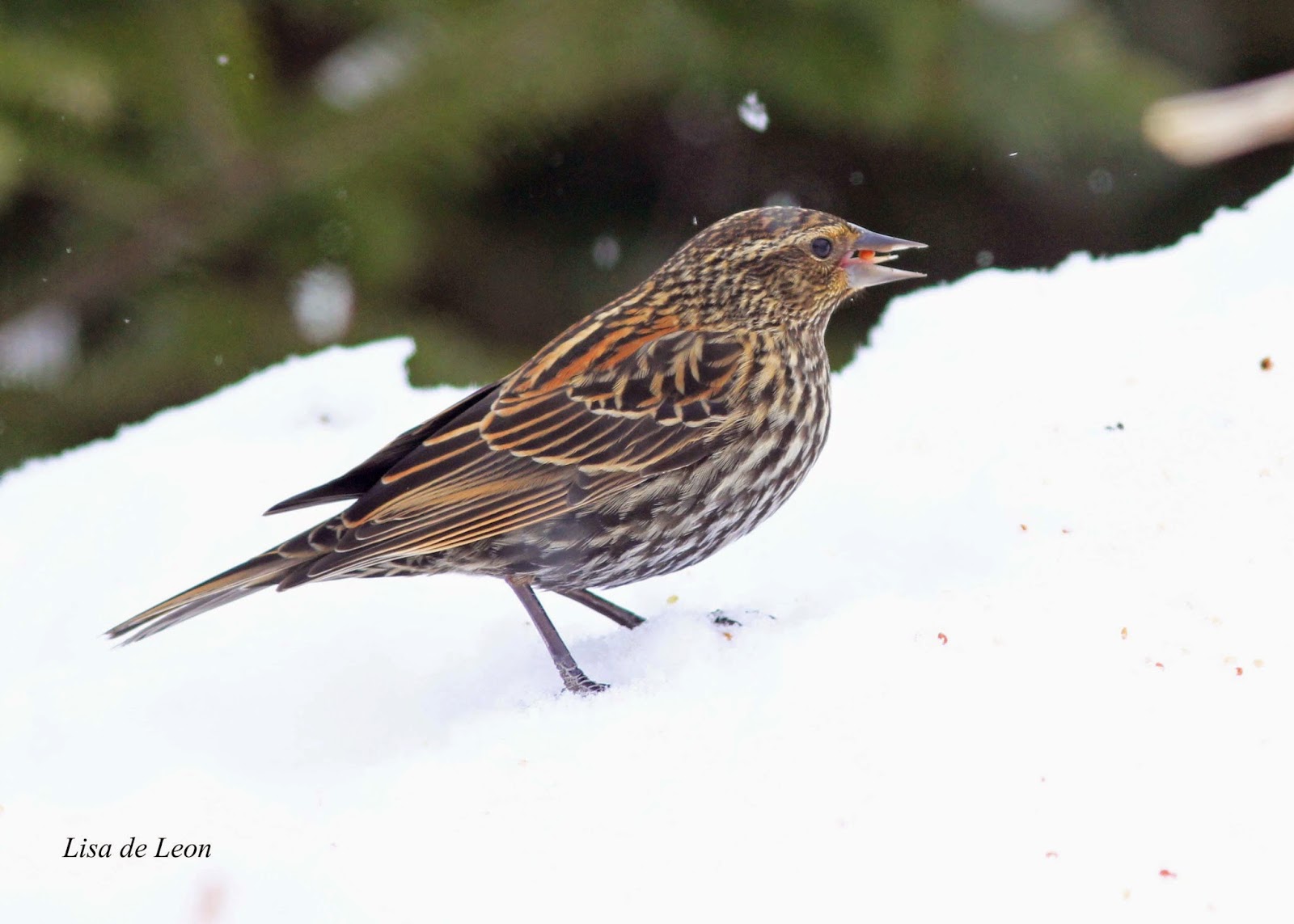On the spur of the moment, I headed to Ferryland to see the snipe creating a lot of debate. It seems to be a Common Snipe, but definitive under wing shots have yet to prove it.
Strange how sometimes, my car just keeps going. Once as far as Ferryland, I thought why not head to St. Vincent's and points in between.
One of the stops I made was in St. Shotts. I was only able to go so far up the road to the lighthouse due to the low profile of my car. I pulled over and made the walk through the rock-solid snow blocking the road. Along the way, I wondered if it was going to be a good use of my time.
It was. I found a flock of eight beautiful Harlequin Ducks and one lone Harlequin in another area. This was the most I have ever seen, and they were stunning swimming in the calm, aqua waters. They were close to shore, but I opted not to go too close to the cliff's edge due to the ice all around. Also and somewhat unexpected, I saw a number of Black-legged Kittiwake seemingly roosting on the nearby rocks. I guess it won't be too long before the Northern Gannets return to Cape St. Mary's. It is so nice to see all of these signs of spring surrounding us.
Bayfront Park 2022 "Big Year"
1 year ago





















.jpg)

.jpg)
.jpg)









.jpg)

































